Time Periods
Paleolithic
Mesolithic
Neolithic
Chalcolithic
Bronze Age
Iron Age
Classical Period
Post-Classical Period
Early Modern Period
Industrial Period
Contemporary Period
Time Periods
Paleolithic
Mesolithic
Neolithic
Chalcolithic
Bronze Age
Iron Age
Classical Period
Post-Classical Period
Early Modern Period
Industrial Period
Contemporary Period
Location
About
The Cave of Swimmers, located in the Gilf Kebir plateau of Egypt's Libyan Desert, is a significant Neolithic archaeological site renowned for its ancient rock art. Discovered in 1933 by László Almásy, the cave features pictographs of humans depicted in swimming poses, alongside images of giraffes and hippopotamus, reflecting a wetter Sahara during the African Humid Period around 10,000 BCE. These paintings provide valuable insight into the climatic and environmental conditions of the time. Debates continue among researchers regarding the interpretation of these figures, with some suggesting they represent deceased souls rather than swimmers. The site has suffered damage due to increased tourism, prompting preservation efforts to protect its fragile rock art. The Cave of Swimmers offers a unique glimpse into prehistoric life and environmental changes in the Neolithic Sahara.
Gallery
Explore photographs of ancient structures, artifacts, and archaeological excavations at Cave of Swimmers
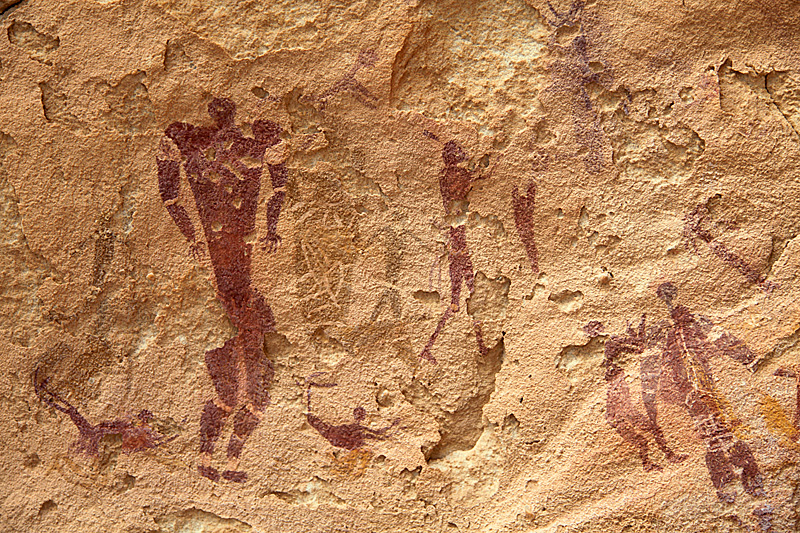
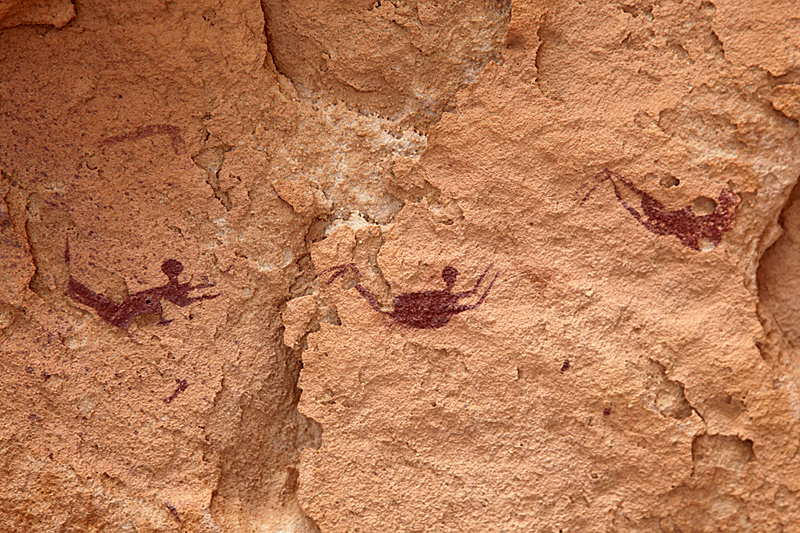
Archaeological Features
Explore the unique architectural and cultural elements found at this historical site
Artistic and Decorative Features
Domestic and Habitation Structures
Historical Timeline
Journey through time and discover key events in this site's archaeological history
Plan Your Visit
Details
- Country
- Egypt
- Source
- Wikipedia
More Sites in Egypt
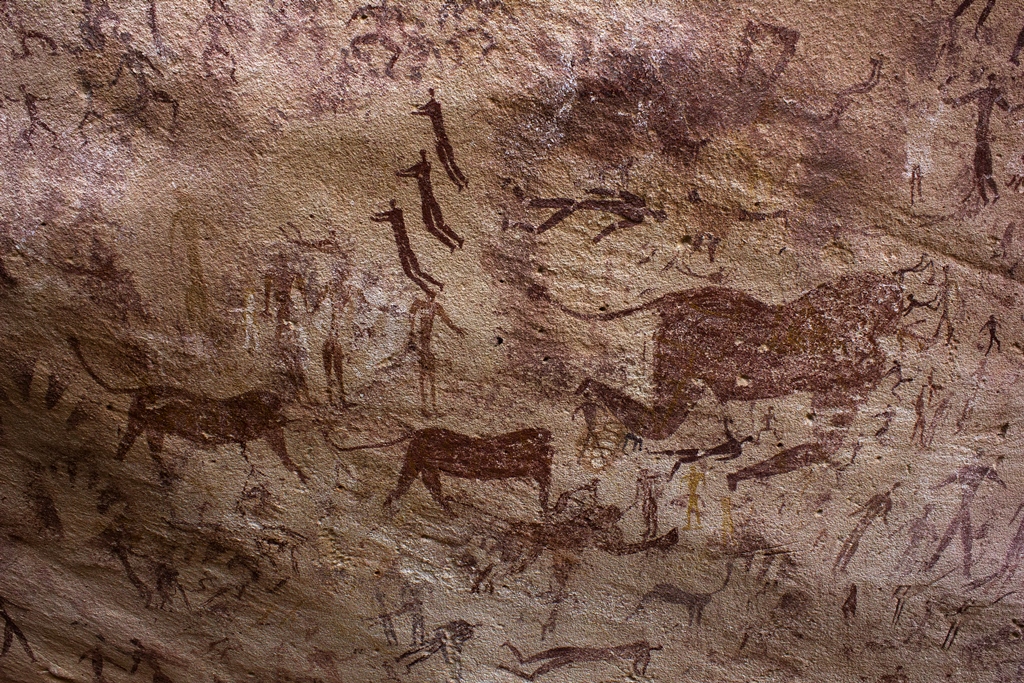
Cave of Beasts
Neolithic rock shelter with unique paintings
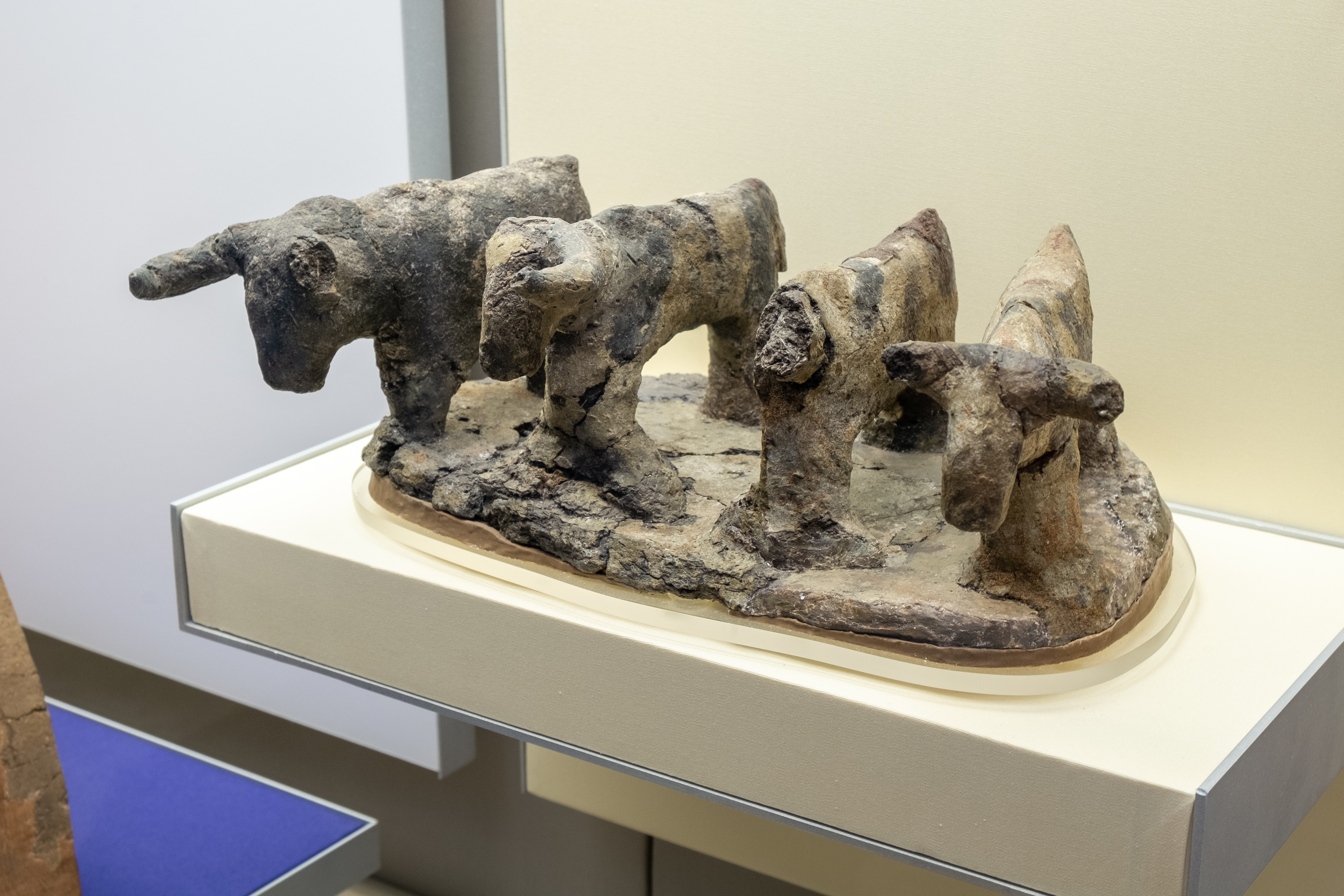
El-Amrah, Egypt
Predynastic site with Amratian culture artifacts.
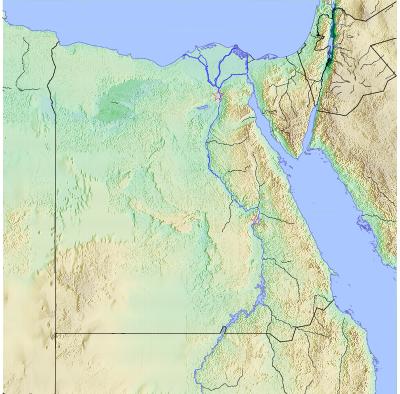
Elkab
Ancient Egyptian city with temples and tombs.
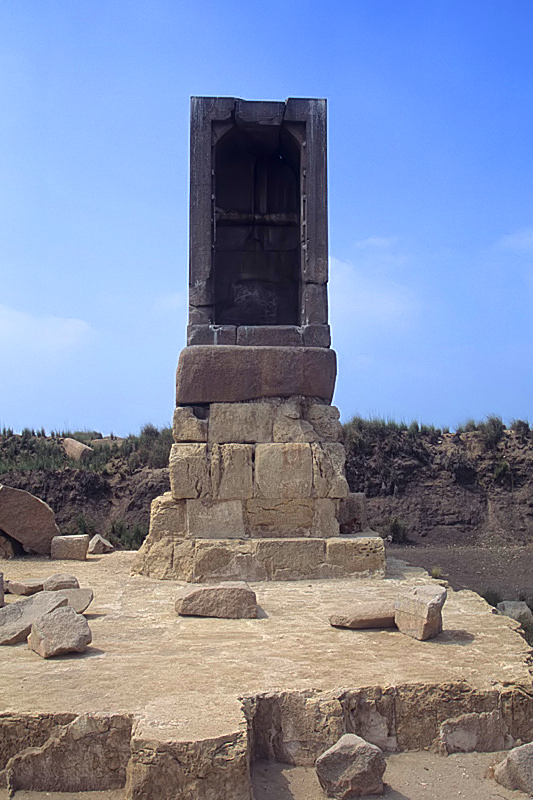
Mendes
Ancient city with significant religious structures.
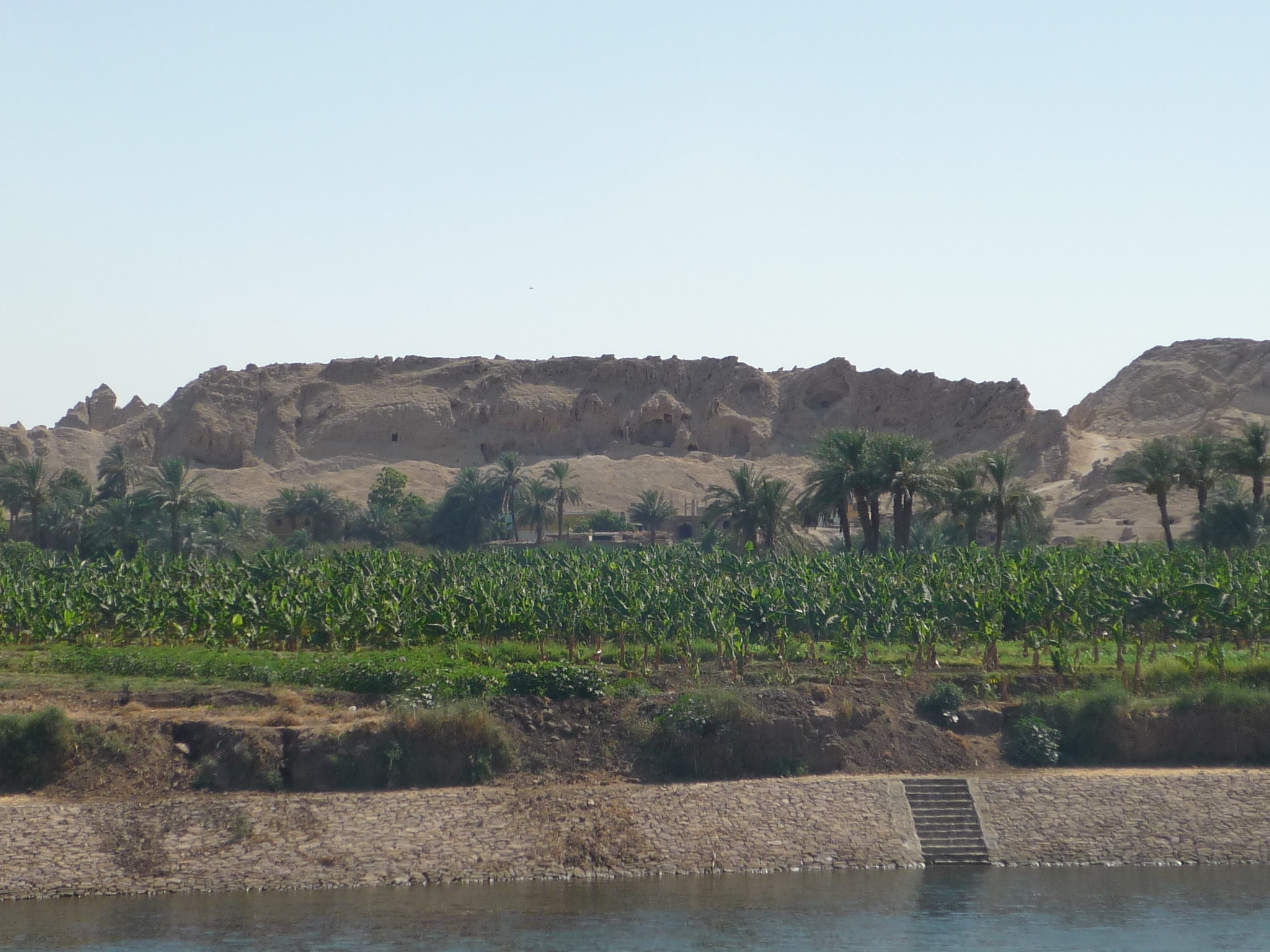
Gebelein
Archaeological site with mummies and temple ruins

Elephantine
Island with temples and ancient papyri.
